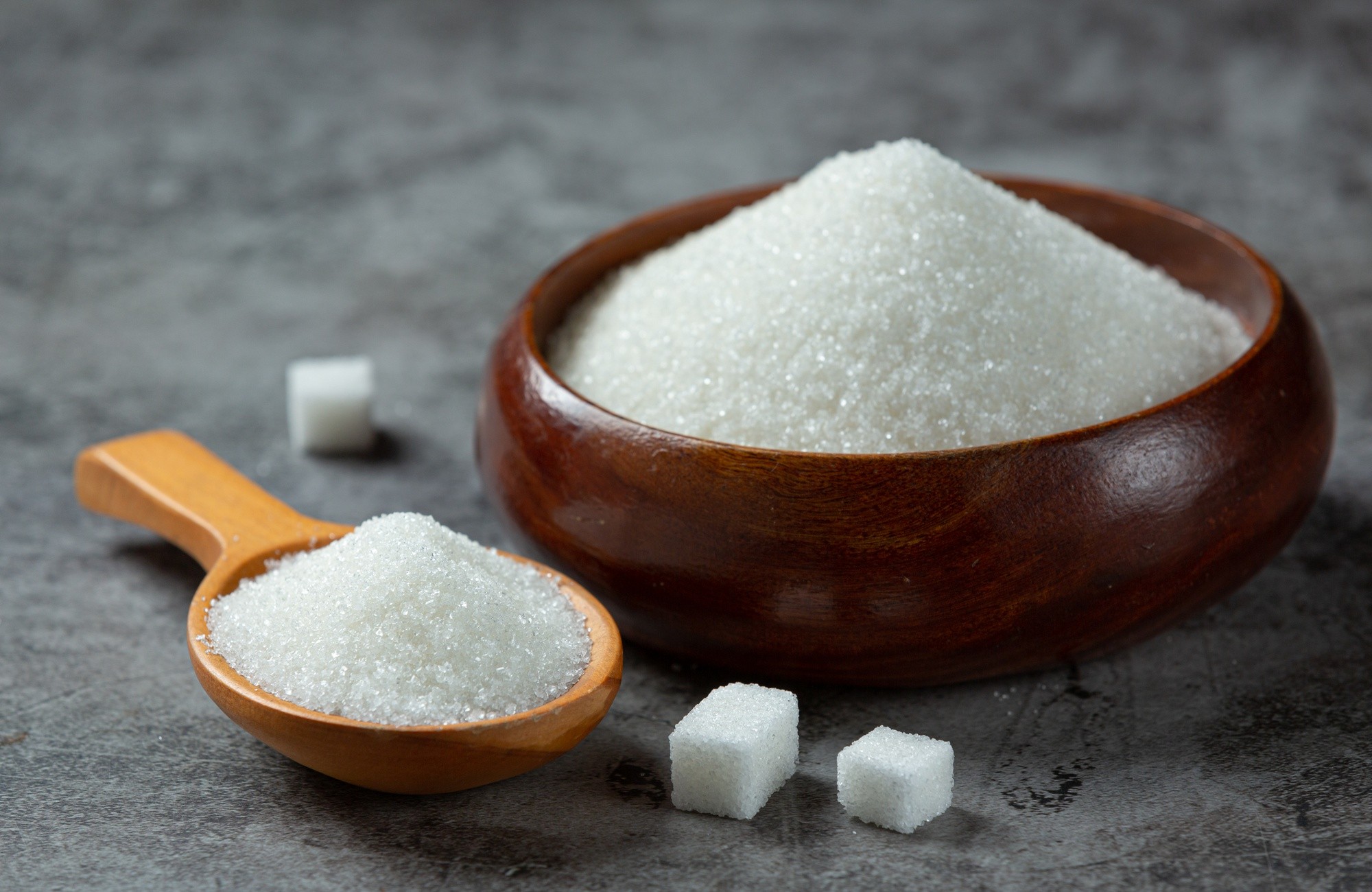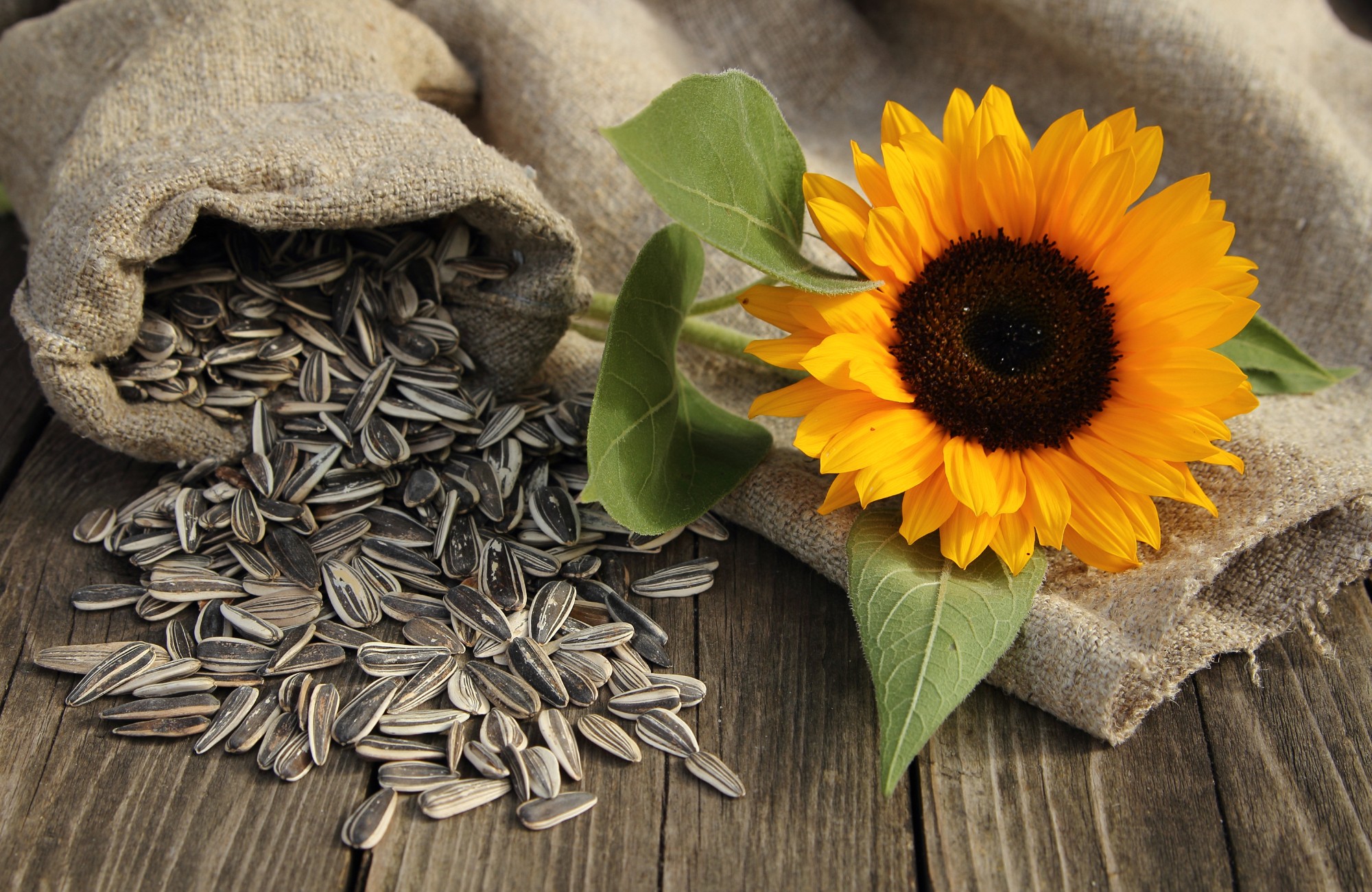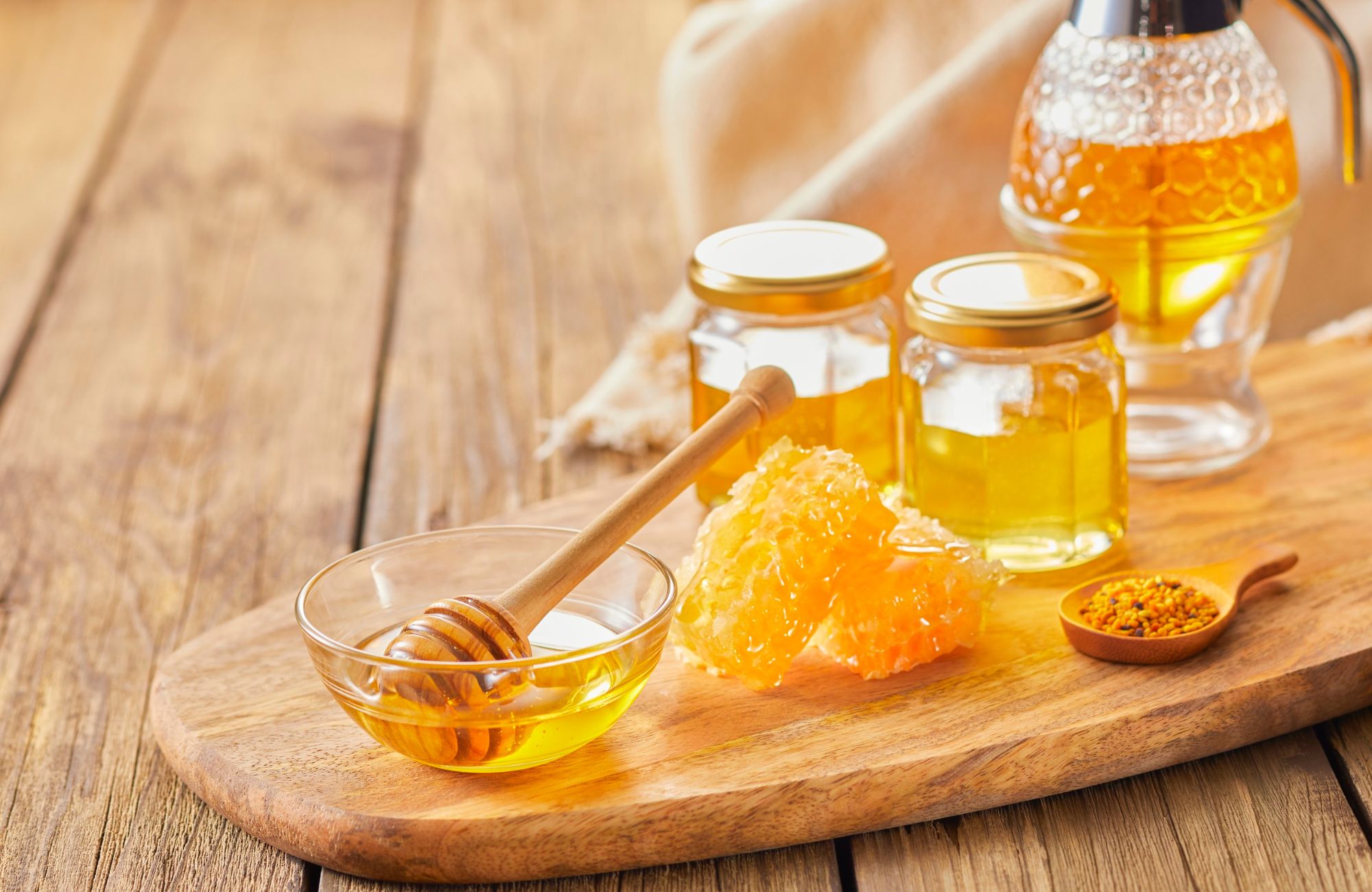
Have you ever wondered why your homemade meringues don’t have that perfect crisp exterior and fluffy interior like the ones in professional bakeries? The secret might be hiding in plain sight – caster sugar. This specially processed sweetener is the unsung hero behind many of the world’s most beloved desserts, yet remains mysteriously absent from many American pantries. So what is caster sugar exactly, and why does it deserve a permanent spot in your kitchen arsenal? Let’s dive into the sweet world of this unique ingredient that professional bakers swear by.
What is Caster Sugar? A Complete Definition
Caster sugar (also spelled “castor sugar”) falls between granulated and powdered sugar in texture. Its fine crystals dissolve quickly, making it perfect for delicate batters and mixtures. The name comes from Victorian-era “casters,” small shakers used to sprinkle sugar on fruits and desserts.
Caster sugar is white and slightly shinier than granulated sugar, with crystals about half the size. It’s fine, sandy texture dissolves almost instantly in moisture, making it ideal for recipes that need smooth, fast sugar incorporation without grittiness.
Caster Sugar Around the World: Regional Variations and Names
In the United Kingdom and Australia, caster sugar is a kitchen staple, but in the U.S., it’s better known as superfine, baker’s, or bar sugar. Despite the different names, they all describe the same ultra-fine sugar that sits between granulated and powdered varieties.
Popular in European and Japanese baking for its smooth incorporation and ability to create light textures, caster sugar is key in recipes like génoise sponges and airy cakes. Using regular granulated sugar instead can lead to a denser and grittier result, especially when following international recipes.
The Manufacturing Process of Caster Sugar
Commercial caster sugar production follows a precise process designed to create uniformly sized crystals. After initial sugar cane or sugar beet processing, the resulting granulated sugar undergoes additional grinding in specialized mills calibrated to produce particles approximately 0.35mm in size – significantly smaller than granulated sugar’s 0.5mm but not as fine as powdered sugar’s 0.06mm particles.
Caster sugar contains only pure sugar crystals, unlike powdered sugar, which includes cornstarch to prevent clumping. This purity makes it ideal for recipes like meringues and soufflés, where flavor and texture are key. High-quality caster sugar should have consistent crystal size, pour smoothly, and dissolve quickly.
Caster Sugar vs. Other Sugar Types: A Comprehensive Comparison
Caster Sugar vs. Granulated Sugar
The primary difference between caster sugar and granulated sugar lies in crystal size, which dramatically affects performance in recipes. Here’s how they compare:
| Property | Caster Sugar | Granulated Sugar |
|---|---|---|
| Crystal size | 0.35mm (approx.) | 0.5mm (approx.) |
| Weight per cup | 225g | 200g |
| Dissolution rate | Rapid | Moderate |
| Ideal applications | Meringues, mousse, delicate cakes | Sturdier baked goods, caramel |
This size difference becomes crucial when creaming butter and sugar together. The smaller crystals of caster sugar cut through the butter more efficiently, creating more air pockets and resulting in a lighter, fluffier cake texture. When making cold beverages like iced tea, caster sugar dissolves readily without leaving undissolved granules at the bottom of the glass.con
Caster Sugar vs. Confectioners’/Powdered Sugar
Caster sugar and confectioners’ sugar are both finer than granulated sugar, but they differ in texture and use. Caster sugar is pure and crystalline, while confectioners’ sugar is powdered and contains cornstarch, which can affect flavor and texture in delicate recipes like meringues. With a lighter weight and different composition, confectioners’ sugar works best for firm icings, while caster sugar excels in smooth glazes and airy batters.
Golden/Raw Caster Sugar vs. Standard Caster Sugar
Golden caster sugar, or raw caster sugar, is less refined than white caster sugar and contains natural molasses, giving it a light amber color and mild caramel flavor. It’s great for recipes where sugar adds depth, like shortbread or vanilla cake. However, its slightly higher moisture content can affect delicate recipes like meringues, where white caster sugar is a better choice for stability and volume.
Nutritional Profile of Caster Sugar
From a nutritional standpoint, caster sugar is similar to other refined sugars. A 100g serving provides approximately 394 calories, all from carbohydrates. The glycemic index of caster sugar is around 65, comparable to granulated sugar, meaning it has a moderate to high impact on blood sugar levels.
Despite minimal nutritional differences between sugar types in terms of calories and glycemic response, the way caster sugar performs in recipes can indirectly affect the nutritional profile of finished dishes. For instance, caster sugar’s superior ability to incorporate air when creamed with butter can result in lighter cakes that might be perceived as less dense and rich, potentially encouraging smaller portion sizes.
Culinary Applications: Where Caster Sugar Shines
Baking Applications
Caster sugar truly excels in baking applications that benefit from its quick dissolution and fine texture:
- Meringues: Perhaps the most compelling reason to use caster sugar is for making perfect meringues. The fine crystals dissolve readily into whipped egg whites without deflating the delicate foam structure. This results in stable, glossy meringues with that perfect crisp exterior and marshmallowy interior.
- Sponge Cakes: Traditional génoise and other sponge cakes rely on the incorporation of air for their light texture. Caster sugar’s fine crystals cut through eggs during whipping, creating more stable air bubbles for a higher rise and finer crumb.
- Shortbread and Delicate Cookies: The fine texture ensures even distribution throughout the dough, creating a more uniform sweetness and smoother mouthfeel in the finished cookie.
- Soufflés: Similar to meringues, soufflés benefit from the gentle incorporation of caster sugar into egg whites, maintaining maximum volume during baking.
Beverage Applications
Bartenders and beverage specialists appreciate caster sugar for several key reasons:
- Cocktails: Unlike simple syrup, caster sugar can be added directly to cold cocktails where it dissolves rapidly without diluting the drink. This makes it ideal for classics like the Old Fashioned, where maintaining proper dilution is critical to balance.
- Cold Beverages: For iced tea, lemonade, and other cold drinks, caster sugar eliminates the gritty undissolved sugar that often settles at the bottom when using granulated sugar.
- Coffee and Tea: When sweetness needs to be adjusted at the table, caster sugar dissolves more readily than granulated sugar in hot beverages, especially in cooler drinks like iced coffee.
Specialty Applications
- Fruit Preparation: For macerated berries or fruit salads, caster sugar draws out juices more efficiently without leaving undissolved crystals.
- Whipped Cream: The fine texture incorporates more smoothly into cream without the grittiness that can sometimes occur with granulated sugar.
- Custards and Creams: Recipes like crème brûlée benefit from caster sugar’s quick dissolution, ensuring a perfectly smooth custard base.
How to Make Caster Sugar at Home
Creating your own caster sugar at home is remarkably simple and requires only regular granulated sugar and a food processor, blender, or coffee grinder. Here’s a foolproof method:
- Measure slightly more granulated sugar than your recipe calls for (the grinding process may reduce volume).
- Add the sugar to a clean, dry food processor, blender, or coffee grinder.
- Pulse in short bursts of 5-10 seconds, stopping to check consistency.
- Continue until the sugar feels noticeably finer but still free-flowing – this typically takes 30-60 seconds total processing time.
- Allow the sugar dust to settle for 1-2 minutes before opening the processor to prevent inhalation.
- Optionally, sift through a fine mesh strainer to remove any larger particles.
Common mistakes to avoid:
- Over-processing, which can create powdered sugar
- Processing for too long continuously, which can heat the sugar
- Using wet or damp equipment, which will cause clumping
Homemade caster sugar should be stored in an airtight container to prevent moisture absorption. When properly stored, it maintains quality indefinitely, just like commercial versions.
Substituting Caster Sugar: When and How
While caster sugar has unique properties, various substitutions can work depending on the recipe:
- Using granulated sugar: In sturdier baked goods like cookies and some cakes, granulated sugar can substitute at a 1:1 ratio by weight (not volume). However, expect a slightly longer creaming time and potentially a coarser texture. For delicate applications like meringues, this substitution is not recommended.
- Using powdered sugar: Due to the cornstarch content and significantly different weight, substituting powdered sugar can be tricky. If necessary, use 1¾ cups powdered sugar for each cup of caster sugar called for, and expect texture changes in the finished product.
- Using brown sugar: This substitution changes both flavor and moisture content. Only attempt this in recipes where the caramel notes would be welcome, using light brown sugar at a 1:1 ratio by weight.
Professional bakers suggest that successful substitution depends largely on the role sugar plays in the recipe. In recipes where sugar primarily provides sweetness, substitutions work better than in those where sugar’s physical properties (dissolution rate, crystal structure) are crucial to the chemistry of the recipe.
Where to Buy Caster Sugar
Finding caster sugar in the United States has become significantly easier in recent years. Most major grocery chains now stock it in the baking aisle, though it may be labeled as “superfine” or “baker’s sugar.” Specialty baking stores, gourmet food shops, and international markets focusing on British or Australian products are reliable sources for caster sugar.
Online retailers and baking supply stores offer caster sugar in bulk at competitive prices, making them ideal for serious home bakers or small businesses. Look for products that pour easily, have a consistent white color (or amber for golden caster sugar), and come in moisture-proof packaging. Premium brands typically deliver more uniform crystal size for better baking results.
Storage and Shelf Life
Proper storage extends caster sugar’s quality and prevents common issues:
- Store in airtight containers to prevent moisture absorption
- Keep away from strong odors, as sugar can absorb them
- Store in a cool, dry place (pantry conditions are ideal)
- The expected shelf life is indefinite when properly stored
If caster sugar does develop clumps due to moisture exposure, it can often be salvaged by spreading on a baking sheet and drying in a low oven (200°F/93°C) for 15-20 minutes, then cooling completely before returning to an airtight container.
Expert Tips for Working with Caster Sugar
Professional bakers offer these insights for getting the most from caster sugar:
- When making meringues, add caster sugar very gradually (1 tablespoon at a time) to whipped egg whites for maximum stability and volume
- For the finest textured cakes, bring butter to room temperature before creaming with caster sugar
- In recipes requiring caramelization, caster sugar melts more quickly and evenly than granulated sugar, reducing the risk of crystallization
- When measuring by volume, avoid compacting caster sugar in the measuring cup; use the “spoon and level” method for accuracy
- For cocktails, a small amount of caster sugar can be rubbed around the rim of glasses before moistening for a more elegant, evenly distributed sugar rim than coarser sugars provide
Conclusion
Caster sugar is more than just a finely textured sweetener. It’s a game-changer for baking and beverage recipes that need smooth, fast-dissolving sugar. Whether you’re making meringues, light sponge cakes, or cocktails, its unique qualities help achieve consistent, professional results. Understanding its texture, uses, and variations can take your creations to the next level.
Ready to see the difference caster sugar makes? At US Sweeteners, we offer a wide range of high-quality sweeteners to support all your baking and food production needs. Contact us today to learn more, explore pricing, or place your order. We’re here to help you find the right sweetener for every recipe.
FAQs
What is a substitute for caster sugar?
The best caster sugar alternative is homemade caster sugar (ground granulated sugar), but in a pinch, you can use regular granulated sugar in most recipes, though delicate items like meringues may suffer in texture and volume.
Is normal sugar and caster sugar the same?
No, normal (granulated) sugar and caster sugar are not the same – caster sugar has a very fine sugar texture (about half the size of granulated sugar), dissolves more quickly, and weighs more per cup than regular granulated sugar.
Can I turn regular sugar into caster sugar?
Yes, you can easily turn regular granulated sugar into caster sugar by pulsing it in a food processor, blender, or coffee grinder for 30-60 seconds until it’s noticeably finer but not as powdery as icing sugar.
What can I use if I don’t have superfine sugar?
If you don’t have superfine sugar, you can use regular granulated sugar processed in a food processor until finer, unrefined cane sugar (which will add subtle molasses notes), or even granulated sugar (for less delicate recipes where texture isn’t critical).



Leave a Reply